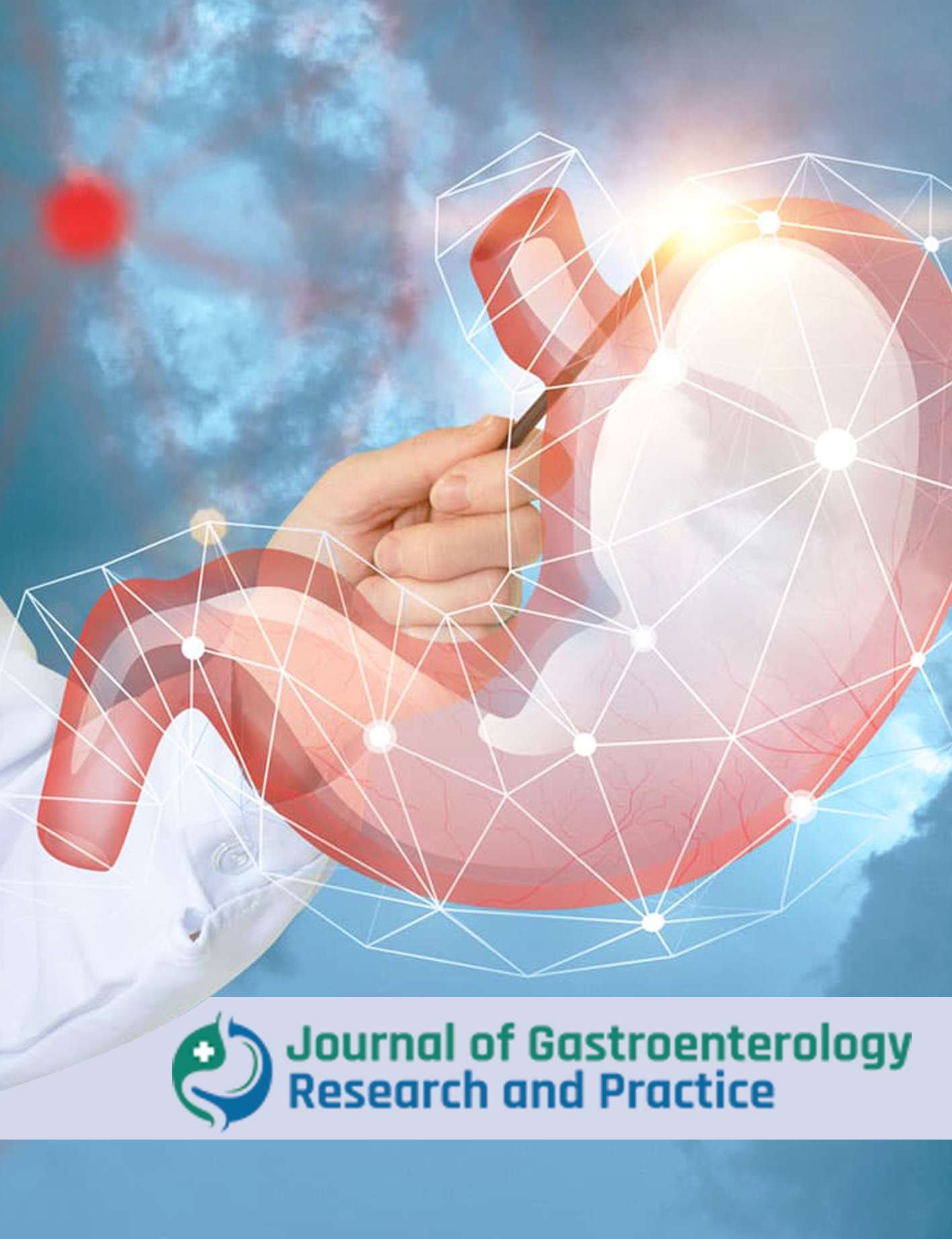
Journal of Gastroenterology
Research and Practice
Clinical Image - Open Access, Volume 4
Pneumatosis intestinalis
Collot Julia1*; Leclercq Philippe2
1Gastroenterology Intern, Saint-Luc University Clinics, Brussels, Belgium.
2Consultant Gastroenterologist & Interventional Endoscopist, CHC Health Group, UZ Leuven, CHU UCL Namur, Belgium.
*Corresponding Author : Collot Julia
Gastroenterology Intern, Saint-Luc University Clinics, Brussels, Belgium.
Email: julia.collot@gmail.com
Received : Aug 16, 2024
Accepted : Sep 05, 2024
Published : Sep 12, 2024
Archived : www.jjgastro.com
Copyright : © Julia C (2024).
Abstract
Pneumatosis intestinalis is a rare condition characterized by the presence of gas bubbles within the mucosa of the gastrointestinal tract. This article presents the case of a woman who showed significant improvement following conservative treatment.
Keywords: Pneumatosis intestinalis; Endoscopy; Gastrointestinal bleeding; Diarrhea.
Citation: Julia C, Philippe L. Pneumatosis intestinalis. J Gastroenterol Res Pract. 2024; 4(8): 1215.
Description
A 73-year-old woman was admitted to the Gastroenterology unit with a 3-month history of diarrhea, bloody stools, and diffuse abdominal pain.
Her medical history includes Chronic Obstructive Pulmonary Disease (COPD), depression, diabetes mellitus, and arterial hypertension.
As a part of a thorough evaluation, a colonoscopy was performed, revealing gas-filled cysts from the sigmoid colon to the right colon. A subsequent abdominal CT scan confirmed pneumatosis intestinalis extending from the right colon to the sigmoid colon, along with pneumoperitoneum. The patient was treated with an elemental diet and metronidazole for 8 days [1].
Pneumatosis intestinalis can occur anywhere from the esophagus to the rectum and is often found incidentally in asymptomatic patients [2]. It is categorized into primary (15%) and secondary types (85%), the latter arising from a variety of conditions including pulmonary or immunological diseases, infections, inflammations, as well as from certain medications (e.g., psychotropic drugs or chemotherapy), transplantation, and even severe life-threatening conditions.
The pathogenesis remains unclear. One theory suggests that gas diffuses through microtears in the mucosa. Another theory proposes that anaerobic bacteria colonize the (sub)mucosa, leading to local gas production. A third theory posits that high thoracic pressure (as seen in COPD) may cause alveolar rupture, with the gas dispersing into the perivascular space.
Although pneumatosis intestinalis is generally benign, some cases may require urgent intervention if complications such as perforation, bowel obstruction, or intestinal necrosis occur. Pneumoperitoneum is present in about 9% of cases and is not typically associated with a surgical emergency [3].
Diagnosis can be made with conventional abdominal radiography, though CT scans are more sensitive for excluding complications.
Conservative management involves addressing the underlying cause. It is recommended to follow a low-residue diet, use antibiotics effective against anaerobic bacteria, and, if necessary, provide highflow oxygen or hyperbaric oxygen therapy.
References
- Feuerstein J, White N, Berzin T. Pneumatosis Intestinalis with a Focus on Hyperbaric Oxygen Therapy. Mayo Clin Proc. 2014; 89: 697-703.
- Azzaroli F, Turco L, Ceroni L, et al. Pneumatosis cystoides intestinalis. World J Gastroenterol. 2011; 17: 4932-4936.
- Donovan S, Cernigliaro J, Dawson N. Pneumatosis Intestinalis: A Case Report and Approach to Management. Case rep Med. 2011; 2011: 1-5.
